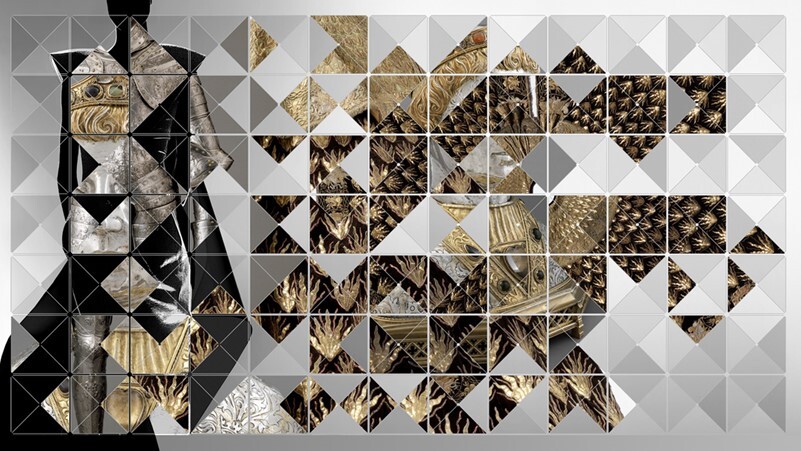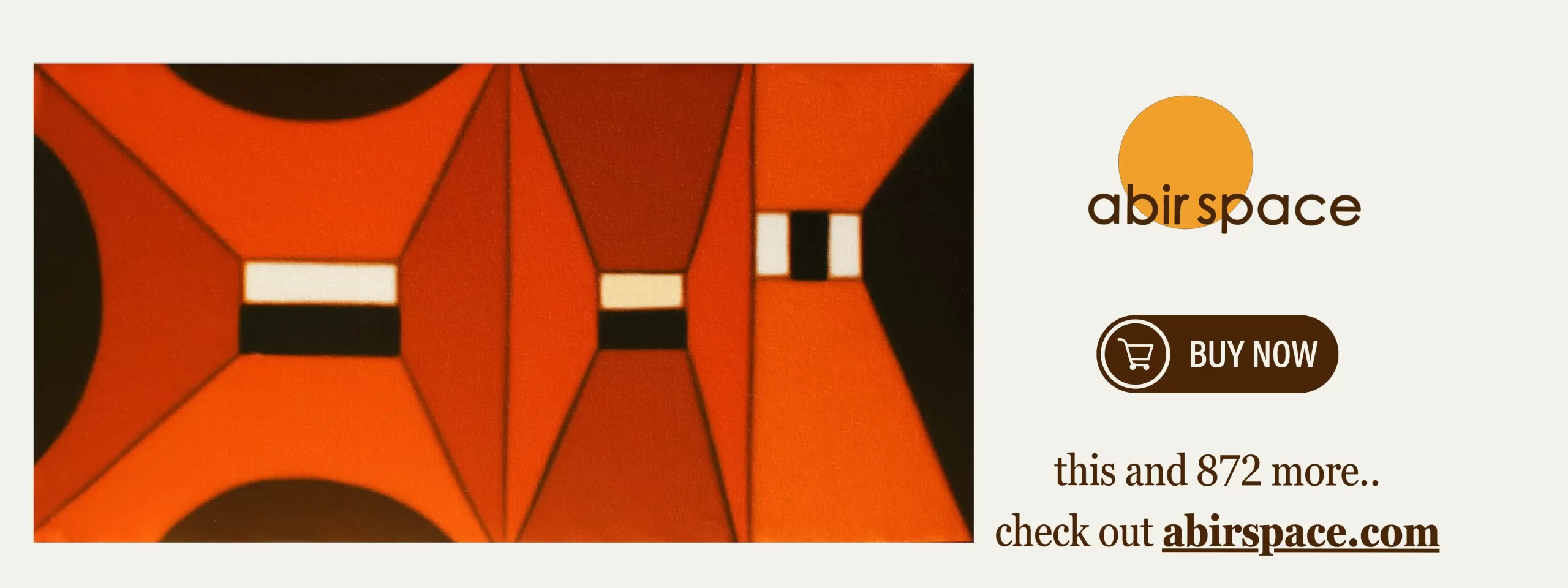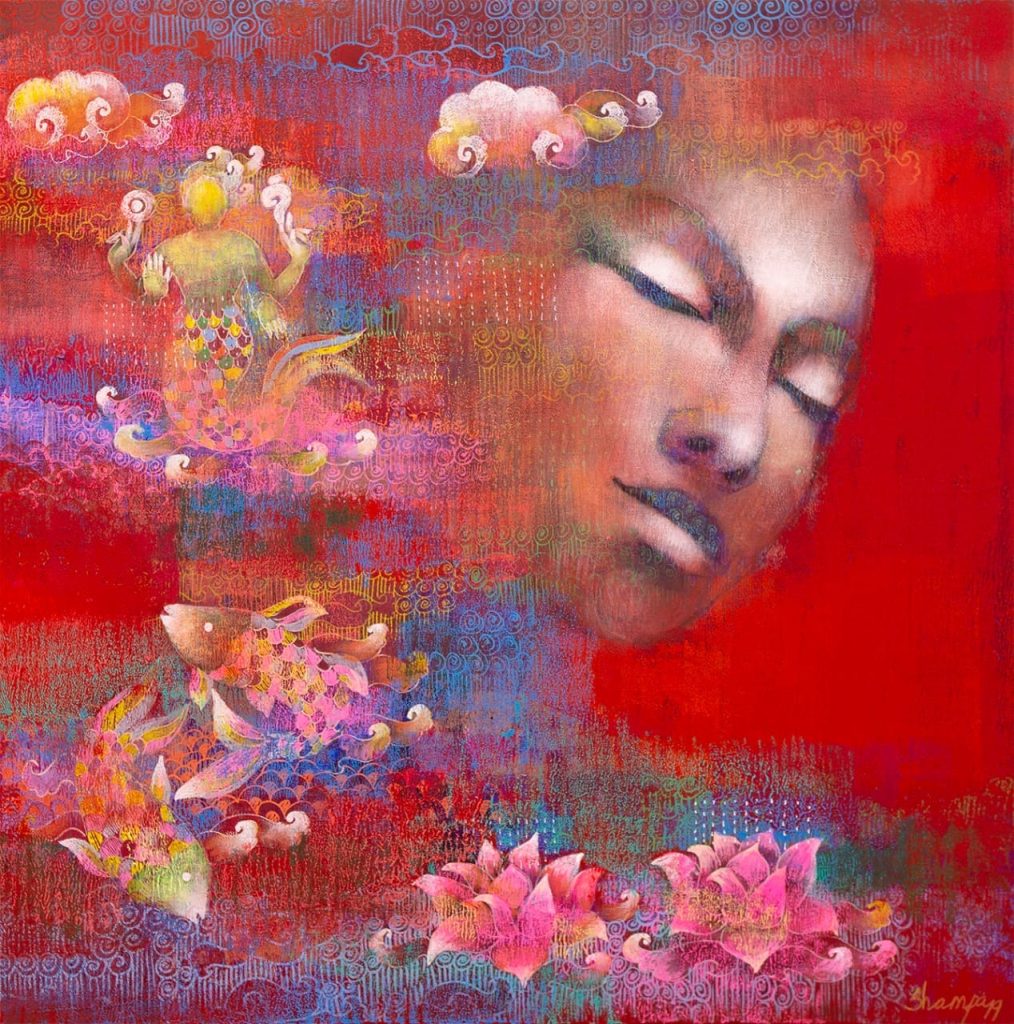An ongoing exhibition at the Louvre explores the intersection of art, design and fashion, and displays over a 100 statement fashion pieces within the context of their relationship to art and design
“The Louvre is the book from which we learn to read”
~Paul Cézanne
Art and fashion have long shared a close, symbiotic relationship with each other. It is due to portraiture of royals and nobles and this artistic documentation that we have studied the evolving fashions of the past. Conversely, art has influenced fashion time and time again, such as the recent exploration of Klimt in Rahul Mishra’s Paris Couture Week collection, or the inspiration of Marie Antoinette and the 1780s in Moschino’s Fall 2020 collection. Design is no stranger to the world of fashion either, as architectural forms and symmetry has also been a continuous source of inspiration for fashion designers.
It is this relationship between art, fashion and interiors that the ongoing exhibition at the Louvre Couture: Art And Fashion: Statement Pieces explores. The exhibition opened in January and is on view until 24th August at The Louvre Museum. It features the works of 45 fashion houses and designers, such as Chanel, Dior, Balenciaga, Alexander McQueen, Iris Van Herpen, and many more. Over a 100 statement pieces chronicle the influence art has had on fashion.
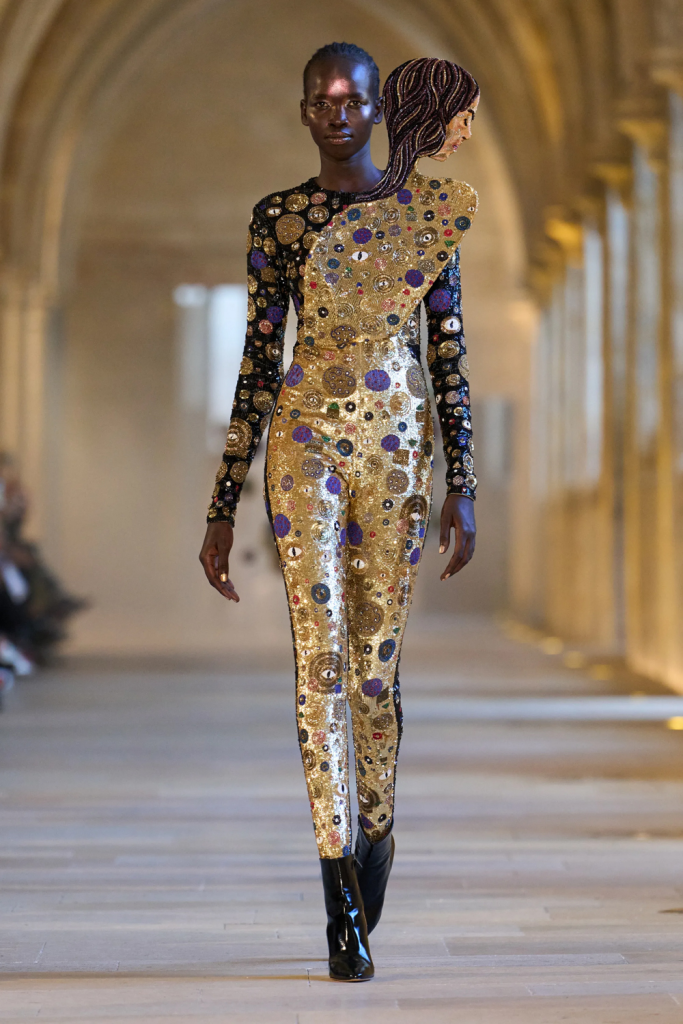
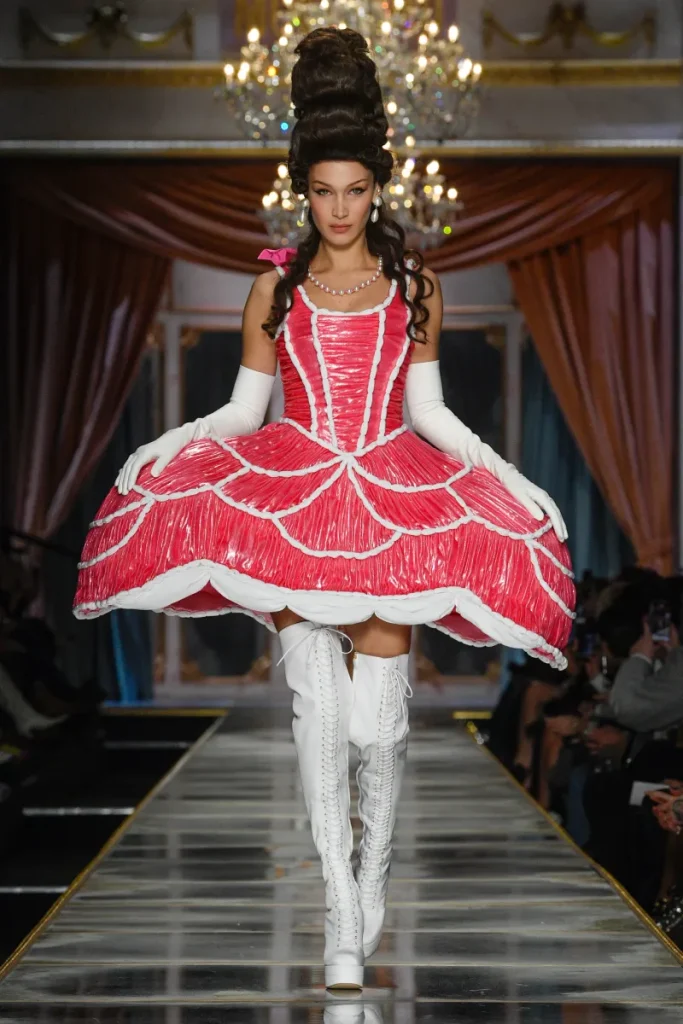
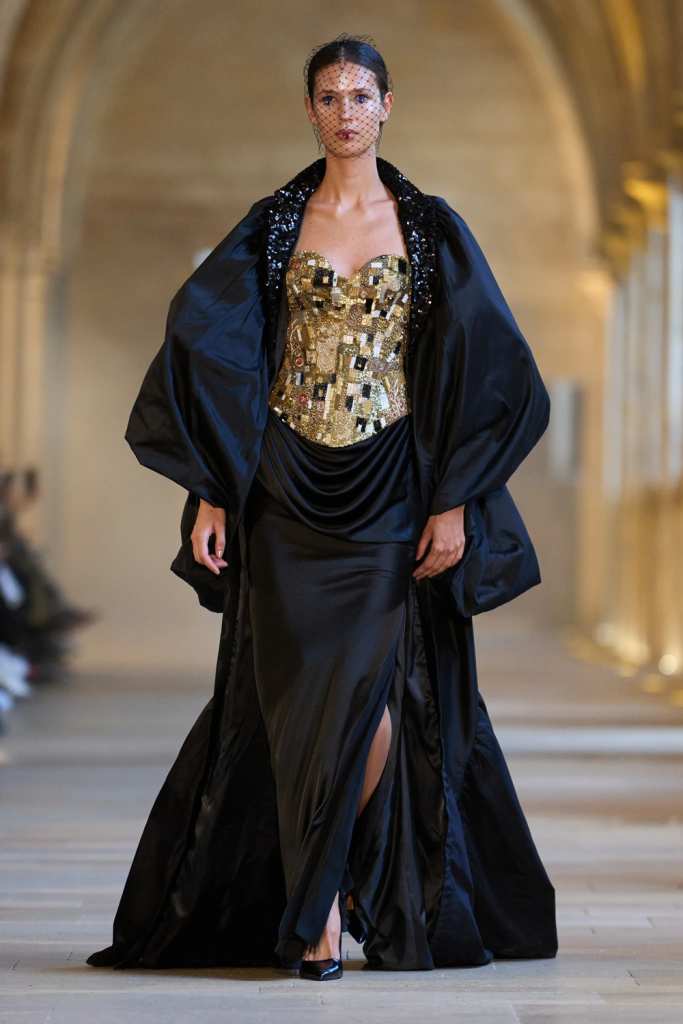
“The stitches sewing together the history of art and the history of fashion are countless. Both often use the same methods and craftsmanship, the same knowledge of ancestral techniques, the same visual culture, the same subtle interplay of references, from the museum’s catalogue raisonné to fashion’s mood boards which bring together all kinds of inspirations: the gems on a pyxis form the border of a jacket, armour becomes a dress, a pattern on a piece of Boulle furniture or a chest of drawers is re-imagined as embroidery… in each new connection, the poetry of an era takes shape. As if holding a mirror up to the museum, this exhibition invites us to take a fresh look at the decorative arts through the sharp and often enlightening eyes of contemporary designers.” ~Exhibition Press Release
Curated by Olivier Gabet and Marie Brimicombe, the exhibition shows various eras of fashion, starting from the Byzantine and middle ages and continuing into the renaissance and the 18th century, and concluding with the opulent 19th century. “LOUVRE COUTURE is an auteur’s exhibition that presents an argument. It has been curated to highlight the continuity between the history of fashion, the collection, art and changing tastes.” Says Laurence des Cars, the President-Director of the Museé de Louvre. “The connections and influences uncovered by this innovative exhibition reveal the historical, artistic and poetic depths of fashion’s relationship with the decorative arts. What’s more, visitors will discover a new way of approaching some of the Louvre’s greatest masterpieces, from Byzantium to the 19th century: through the eyes of the fashion designers of today.”
Chanel, Karl Lagerfeld
Spring/Summer 2019 Haute Couture
In his final collection for Chanel, Karl Lagerfeld was inspired by the Objets d’Art of the 18th century, which were sold by the “marchands merciers” to aristocratic buyers. One such Objet d’Art which appealed to Lagerfeld was a vernis Martin corner cabinet on display in the Louvre. The cabinet was created by Mathieu Criaerd for the Comtesse de Mailly in 1743, and was part of a set which also included a chest of drawers. Lagerfeld reimagines the animal and floral motifs on the cabinet for his jacket. The embroidery recalls the silver bronzes and painted scrolls of the cabinet, which exude the texture and relief of the cabinet in the garment.
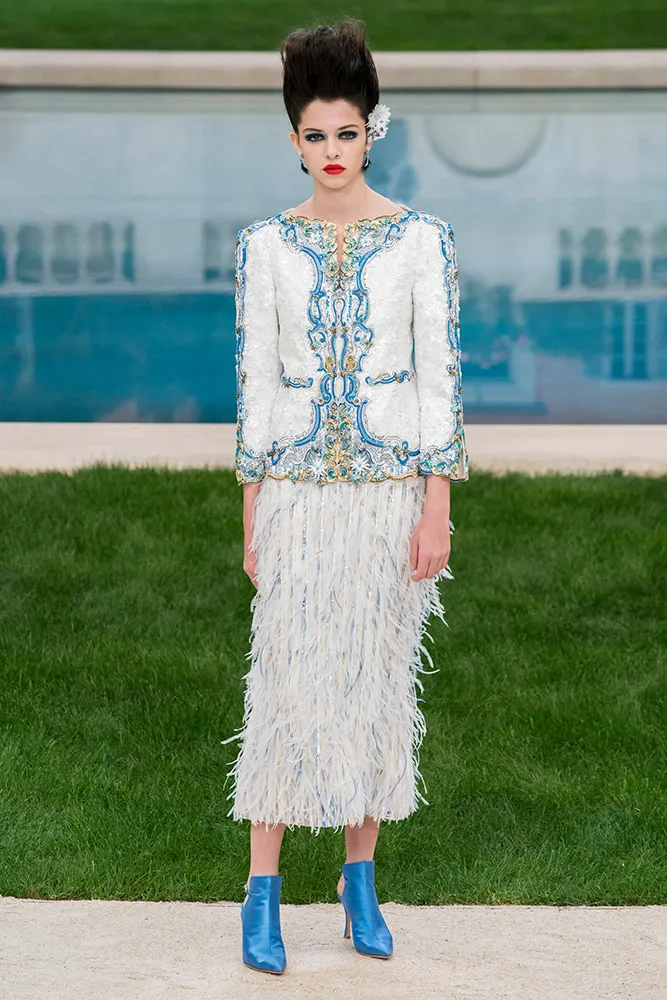
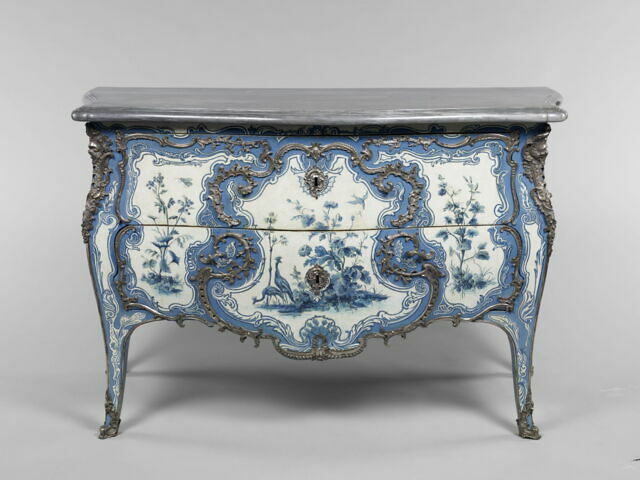
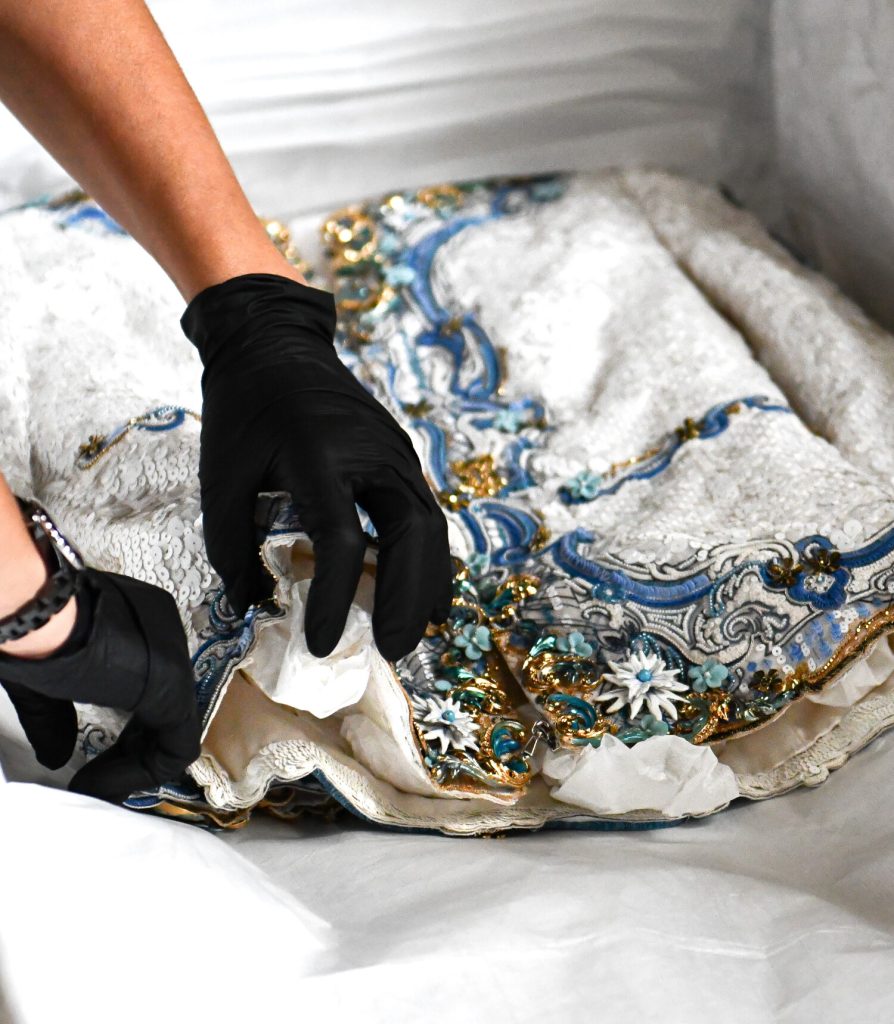
Christian Dior, John Galliano
Autumn/Winter 2004-2005 Haute Couture
Inspired by the French-favourite film Sissi- The Young Empress, John Galliano created his opulent haute couture collection in fall 2004. It was further lifted by the Second Empire home decor of the Napoleon III apartments where it was presented, which is also the grand finalé of this Louvre Couture exhibition. John Galliano simultaneously recalled the “the glamour of 1950s pin-ups and Zsa Zsa Gabor” as mentioned in the original collection’s press release. Galliano created this collection following a long trip to Vienna, Istanbul and Mitteleuropa of the Habsburgs, and as such, the ambient romanticism of the 19th century is present alongside Ottoman and Persian motifs. The voluminous crimson fabric embroidered with tulips was accessorised with a bejeweled crown worn by Ana Beatriz Barros like a Parisian beret, while carrying an orb. The orb was an important accessory, as it was symbolic of the imperial orb of the Holy Roman Empire, dating back to the 12th century. This highlighting feature referencing the orb is what really made the look imperial.
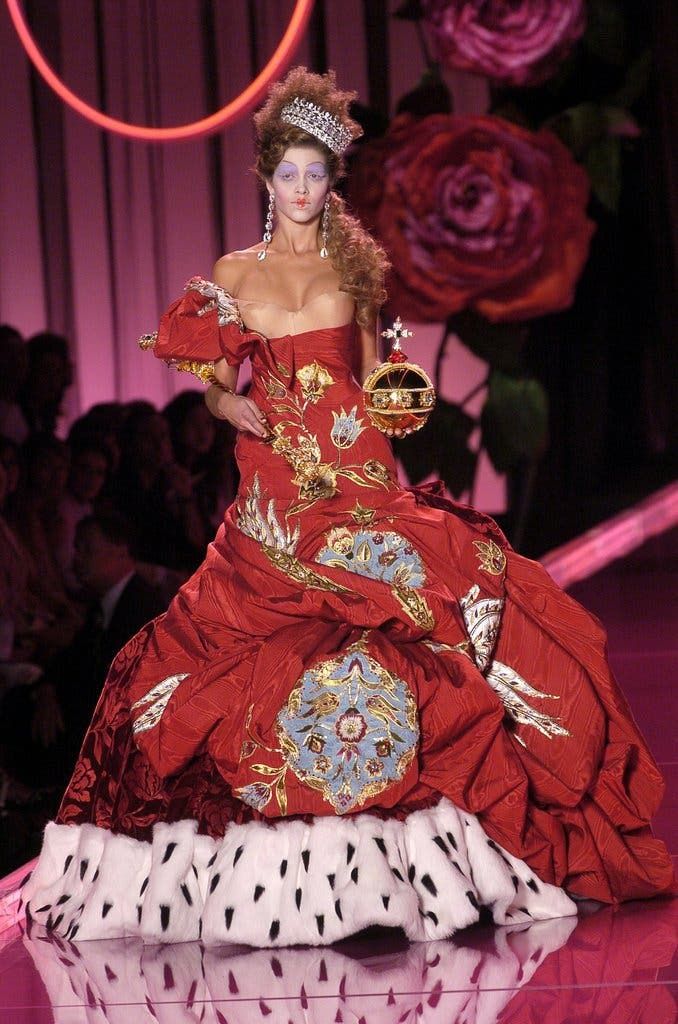
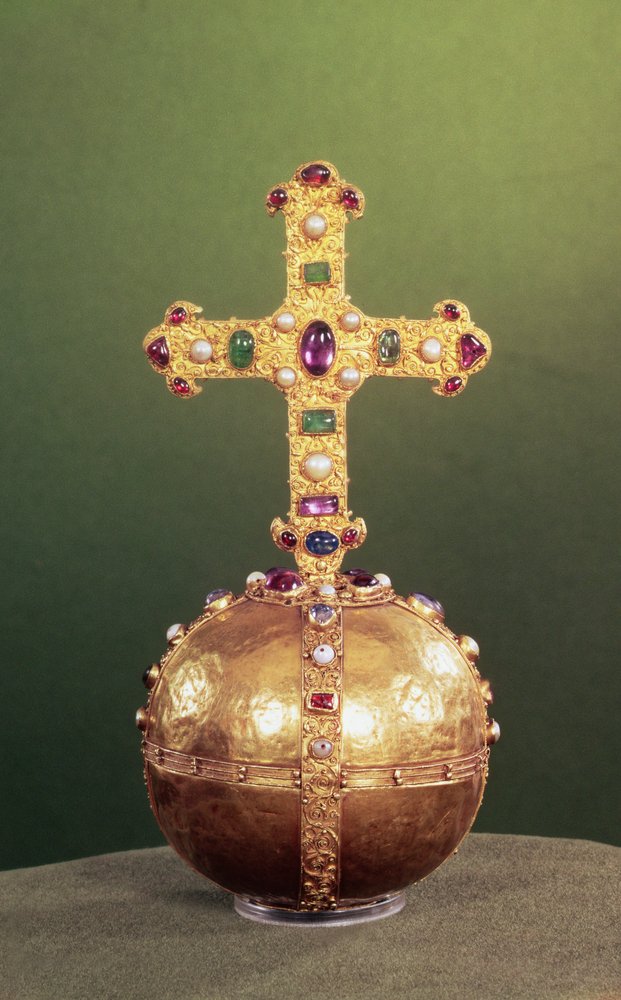
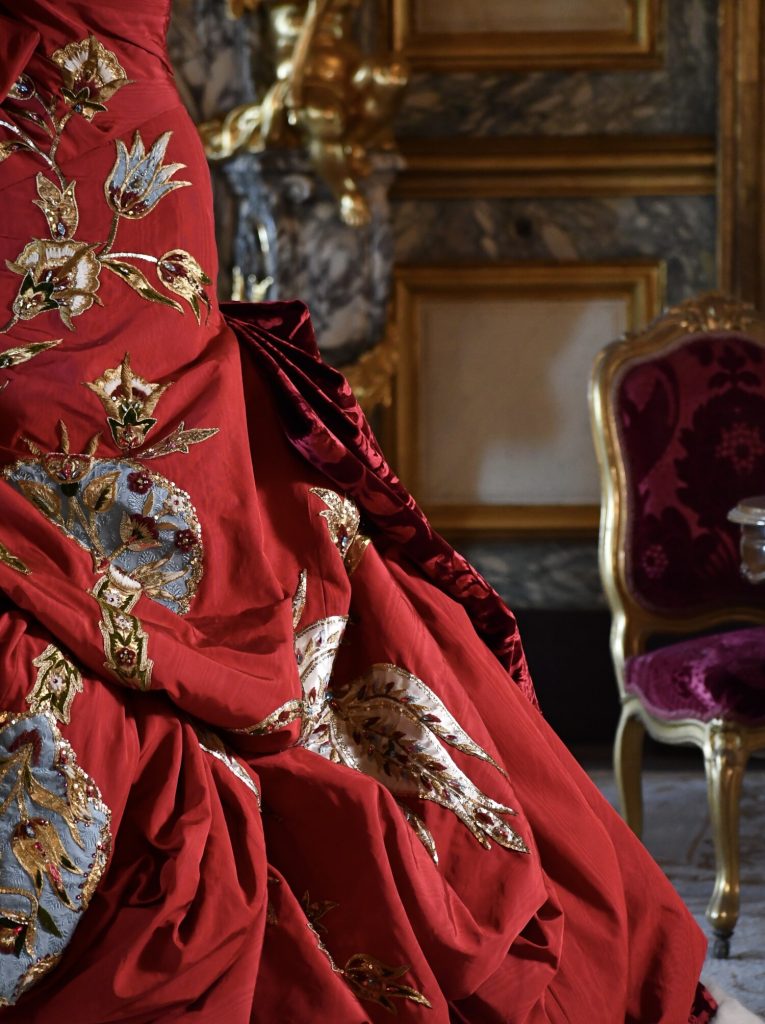
Givenchy, Hubert de Givenchy
Autumn/Winter 1990-1991 Haute Couture
Hubert de Givenchy was born into a family of artisans, containing names such as Jules Badin, who was the director of Beauvais Tapestry Manufactory, as well as Charles Séchan and Jules Diéterle. This initial exposure to the arts helped him develop his artistic vision which reflected in his designs and art collections. He not only collected works from artists such as Mark Rothko, Joan Miró and Alberto Giacometti, but also collected bespoke objets d’art and furniture. “Over more than four decades, Hubert de Givenchy developed a vision of fashion that combined classicism, an instinctive feel for materials and colour, and a passion for patterns and drapery, all firmly rooted in a sense of French elegance which did not preclude such daring ideas as separates, the shift dress and the sack dress.”
In his Autumn/Winter 1990-1991 collection, he created a silk trouser suit influenced by Cabinet with Apollo’s Chariot created by Andre-Charles Boulle in about 1700. This cabinet was owned by José Maria and Misia Sert, a friend of Coco Chanel’s. “The suit directly echoes the copper and tortoiseshell marquetry of the cabinet, immortalised in a series of photographs which graced the cover of Françoise Mohrt’s book, Le Style Givenchy, in 1998,” says Olivier Gabet.
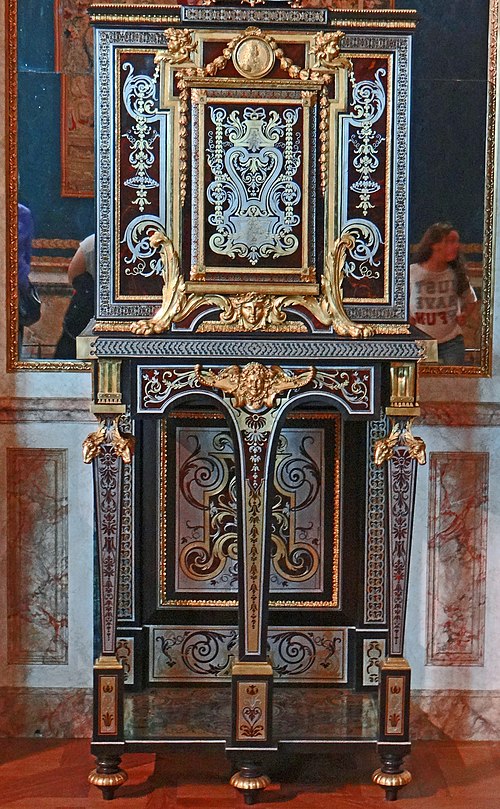
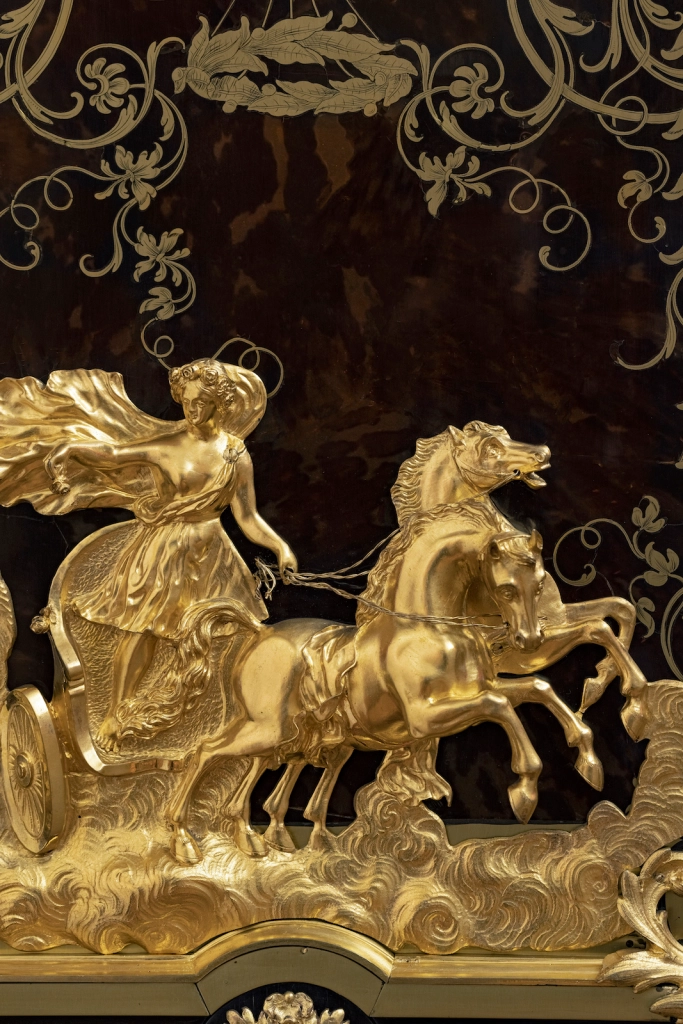
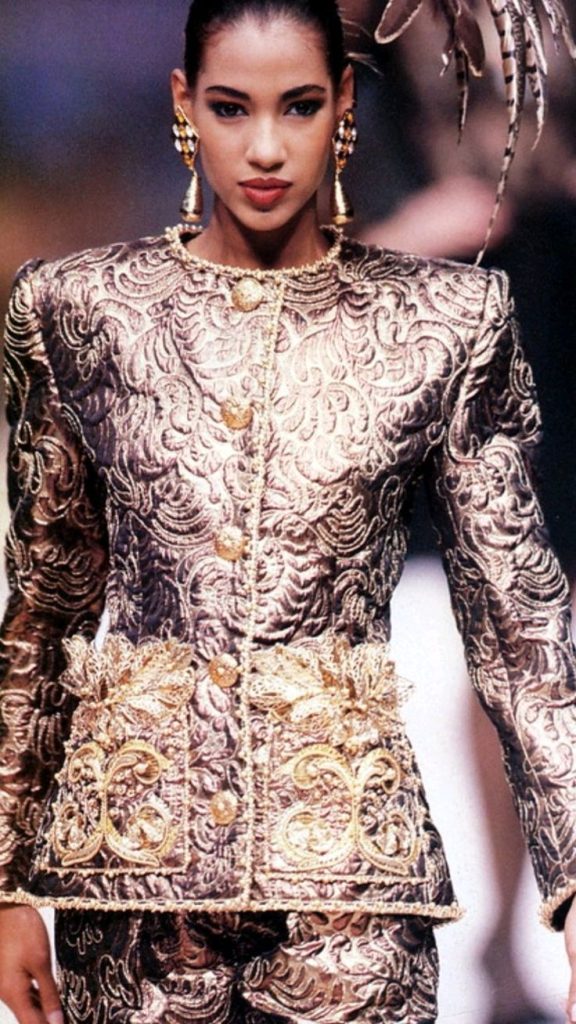
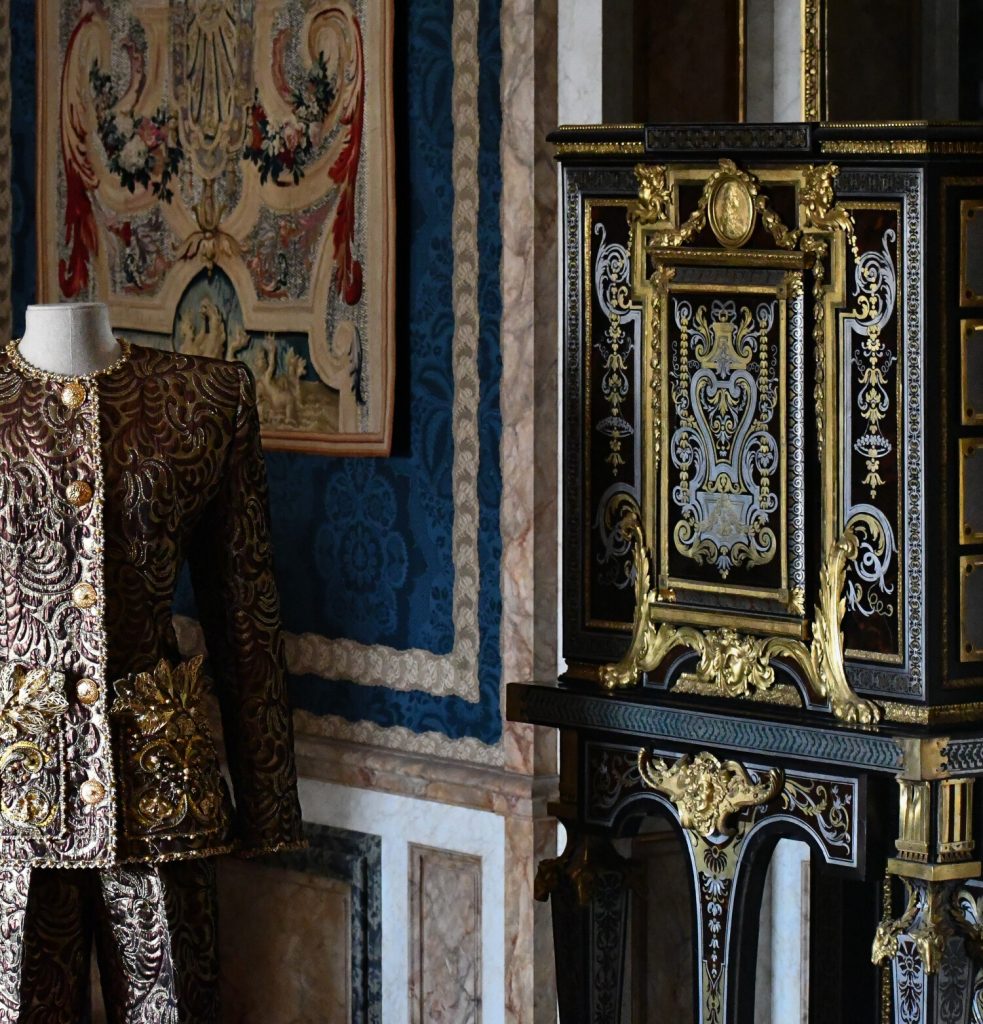
Jean Paul Gaultier
Autumn/Winter 2008-2009 Haute Couture
“Creating a new architectural form over the dress, the cage is a direct reference to the crinoline, a structural garment worn under a skirt to lend it fullness, which was particularly fashionable in the 19th century and could reach around ten metres in circumference during the 1860s. Playing with paradox, Jean Paul Gaultier has taken a supporting element, which was originally intended to be hidden despite its existence being well-known, and made it visible. This boning is a perfect illustration of his taste for provocation and his study of all aspects of historical dress: they began to truly show in his designs from the 1970s onwards, as he designed for several fashion houses, starting with his own.
Not only is the cage no longer hidden, here, it has become ‘an accessory, a crowning touch, a new type of embroidery.’ This patterned, almost áuorescent green example of modern wickerwork takes on the ostentatious form of an exoskeleton. In this respect as well, it is reminiscent of crinolines, which required many, often very delicate, lengths of fabric to cover them. What’s more, it evokes the splendour of the Second Empire and the lavish decorations created during this period.” ~Marie Brimicombe
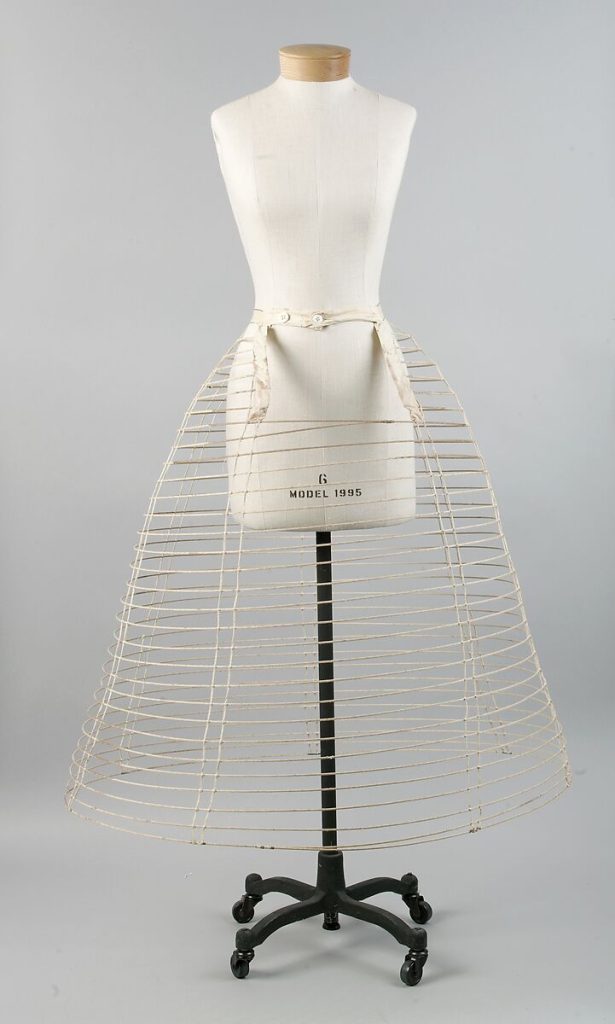
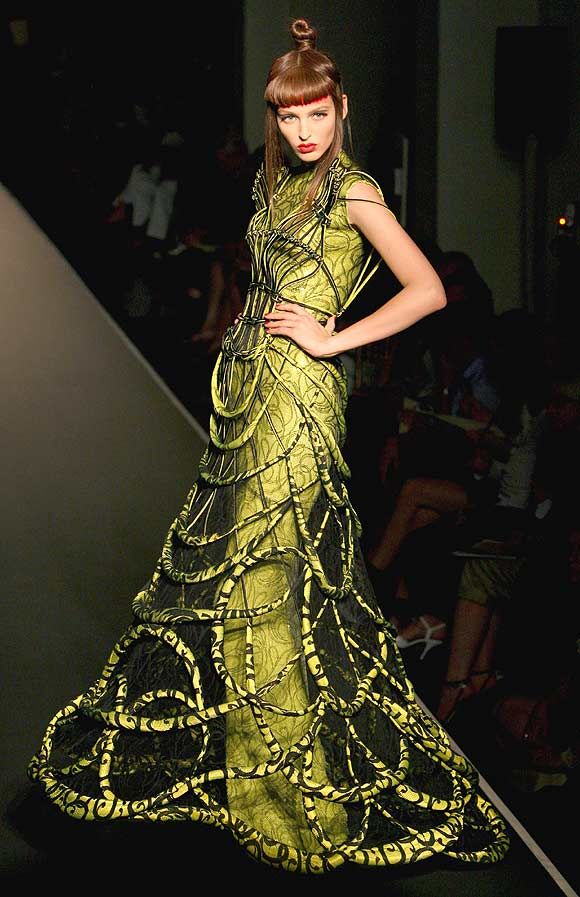
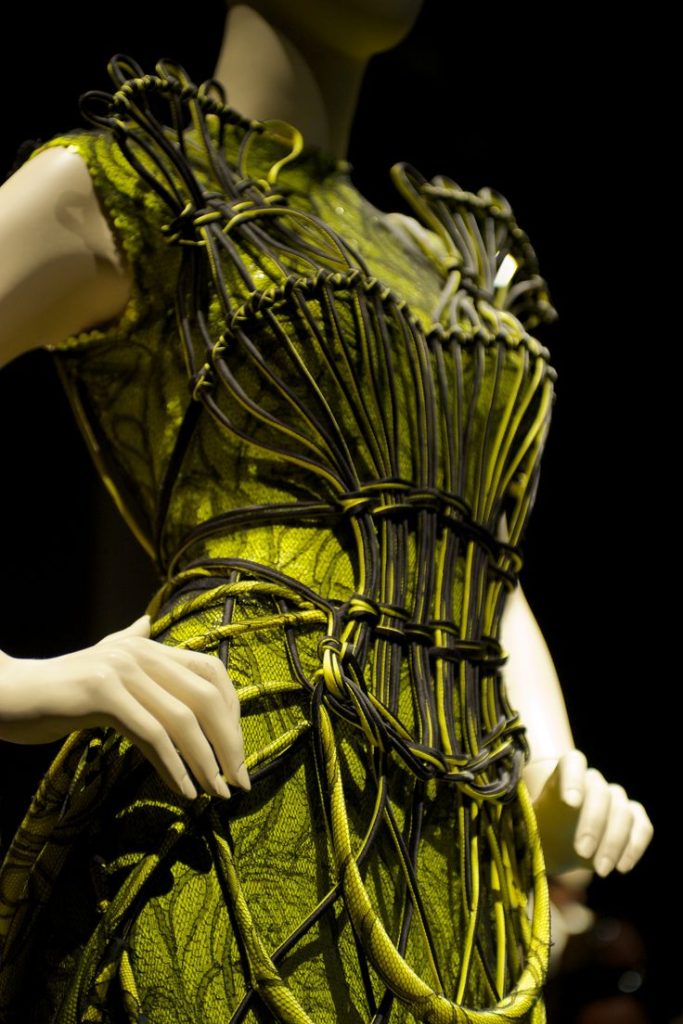
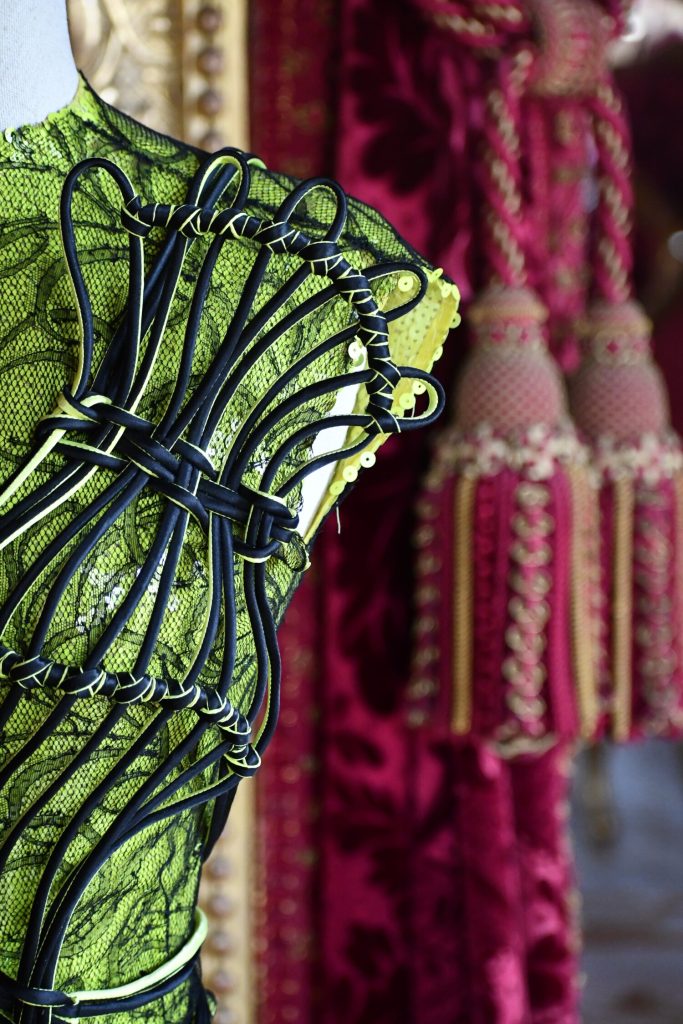
Chanel, Karl Lagerfeld
Autumn/Winter 1996-1997 Haute Couture
“At 31, rue Cambon, above the boutique and salons of her fashion house, Gabrielle Chanel had a flat. However, she left it every evening in favour of spending the night a few doors down, at the Ritz. Her flat housed an eclectic collection of objets d’art from all over the world, including Chinese screens made from Coromandel lacquer panels, which had previously been displayed at her other residences. Very popular with European courts in the 17th and 18th centuries, Coromandel lacquer pieces were imported from China and often cut to fit the fronts of Western-made furniture, such as wardrobes, cabinets and chests of drawers. In much the same way, Chanel had a number of screens dismantled and cut to size in order to completely cover the walls of her office.
Lacquer panels in general, and Coromandel panels in particular, thus became one of the most characteristic elements of Gabrielle Chanel’s taste in the decorative arts. Keen to draw on the legacy of the house’s founder, Karl Lagerfeld took inspiration from these panels when designing this coat, which features not only the iconography of these lacquers, but also their sumptuous range of colours.” ~Marie Brimicombe
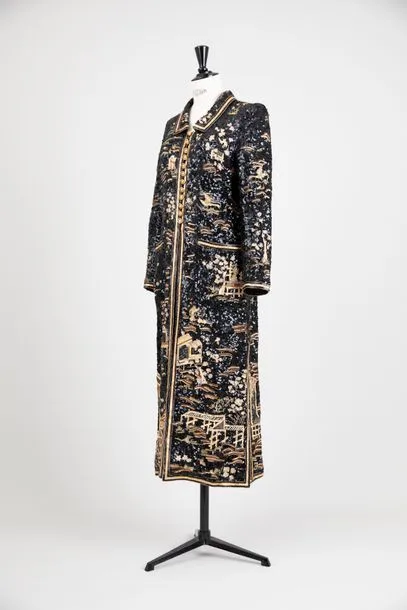
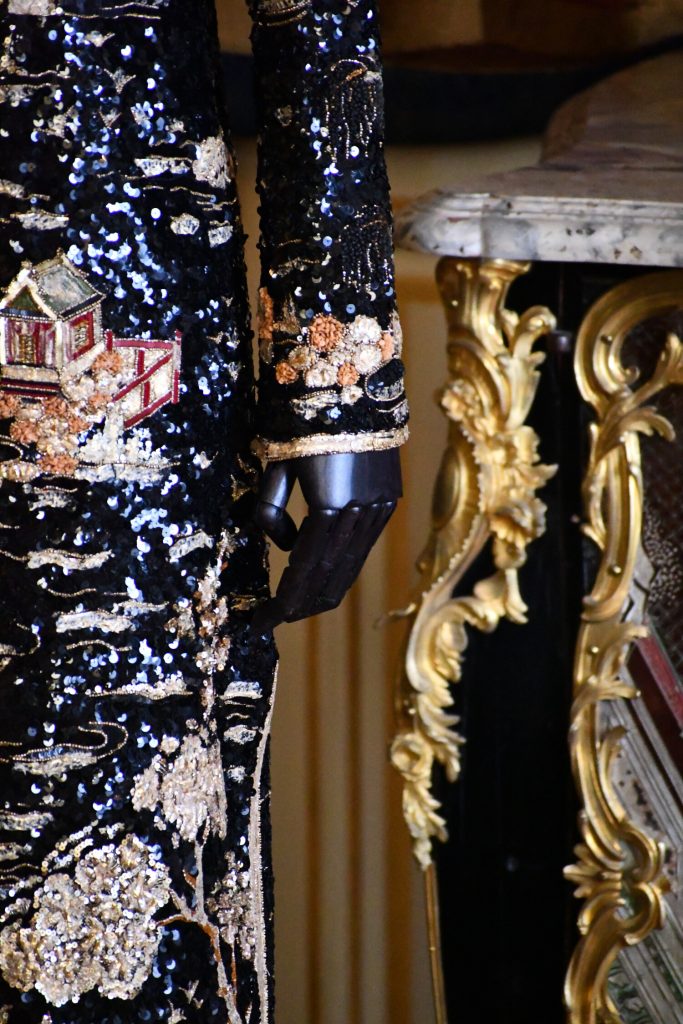
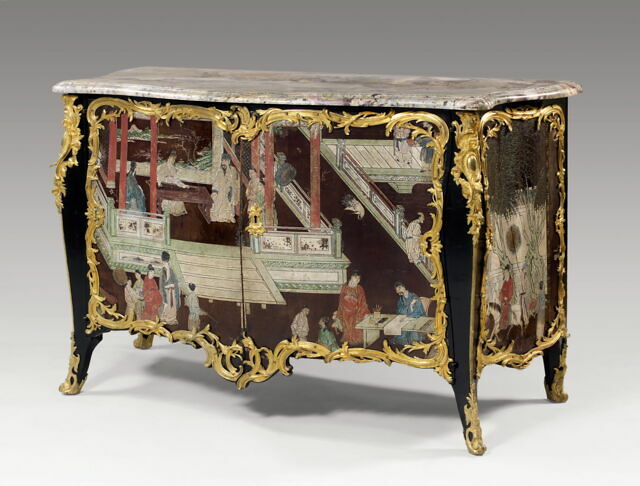
Balenciaga, Demna
Spring/Summer 2020 Ready-to-Wear
In 2015, Demna, who hails from Sukhumi, Georgia, took over as the head of Balenciaga, after having founded his own street-wear house Vetements. His work in Vetements caught traction for its use of “unstructured, often exaggerated silhouettes,” and he held on to the core belief that the runway should be “spectacular.” He carried the same rebelliousness to Balenciaga, where he often blurred the boundaries of gender. The 2020 Ready-to-Wear runway show took place in an imaginary conference room, reminiscent of the European parliament or the United Nations. Finally, he ended the show with three monochromatic velvet ballgowns, which were in red, blue and black.
The crinolines both referenced the past and were futuristic in their floating, jelly-fish like bounce. These pieces referenced Cristóbal Balenciaga’s keen study of Spanish masters. “Ball gowns take us back to the early days of Balenciaga, when Cristóbal started designing in Spain. He primarily drew this type of silhouette, drawn from Spanish paintings. But we wanted to make sure they were wearable dresses: if you remove the crinoline, you are left with a kind of gothic dress,” he explained to the press afterwards.
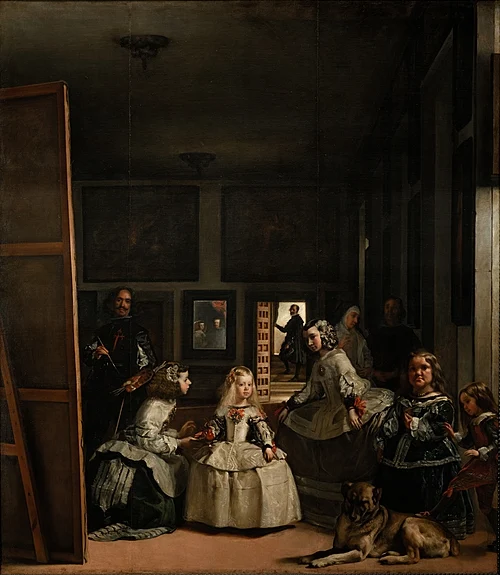

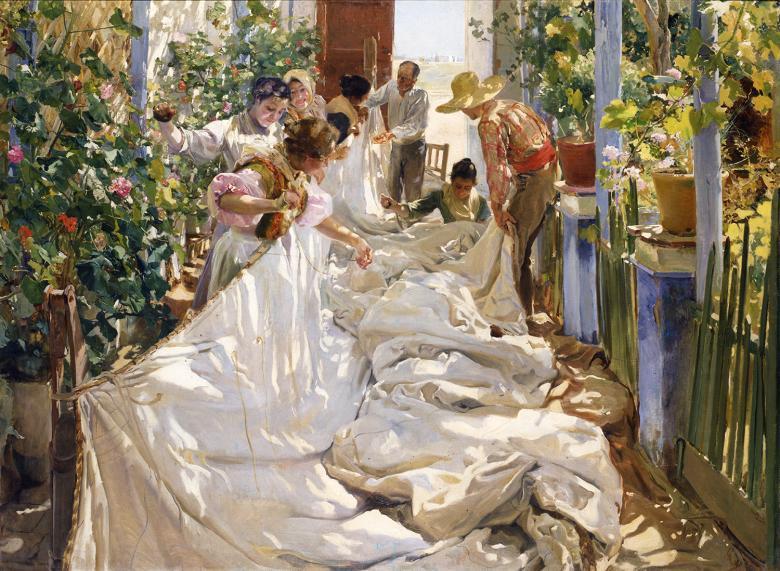
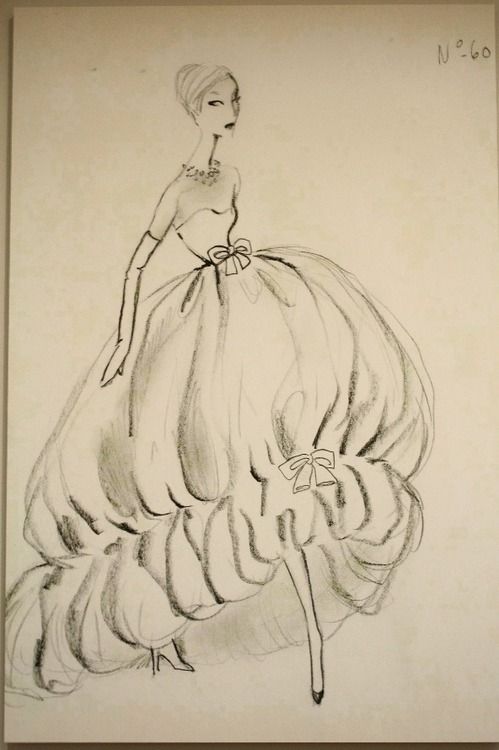
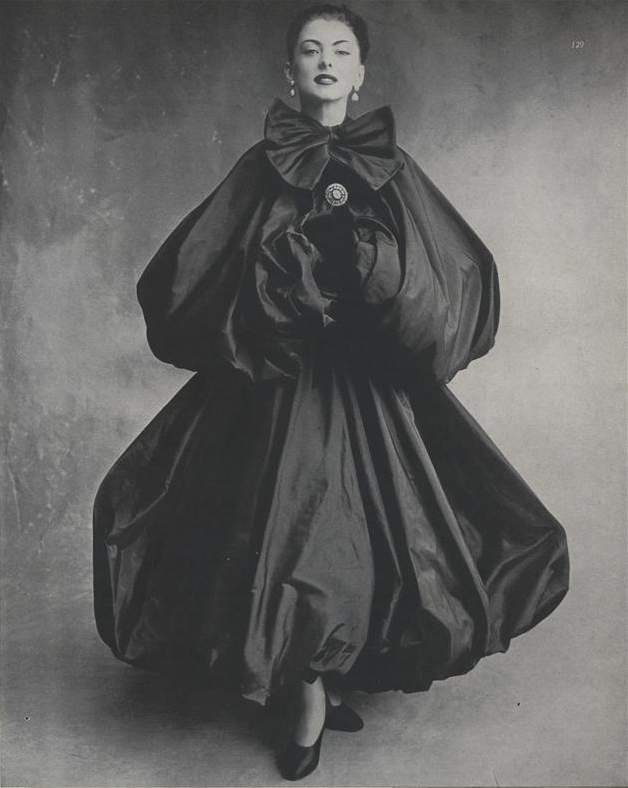
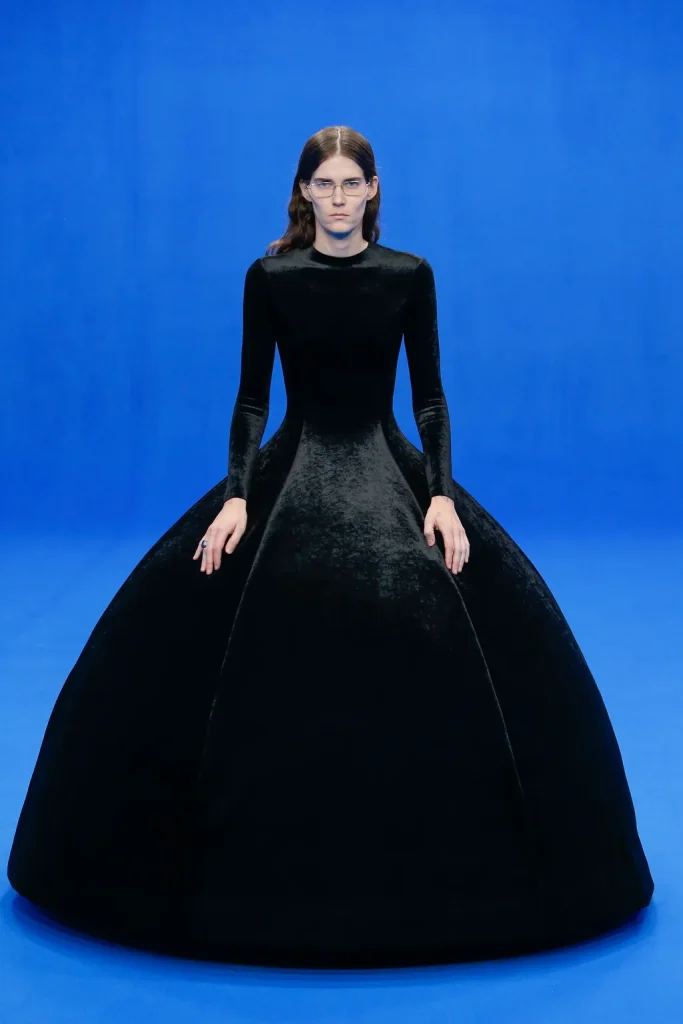
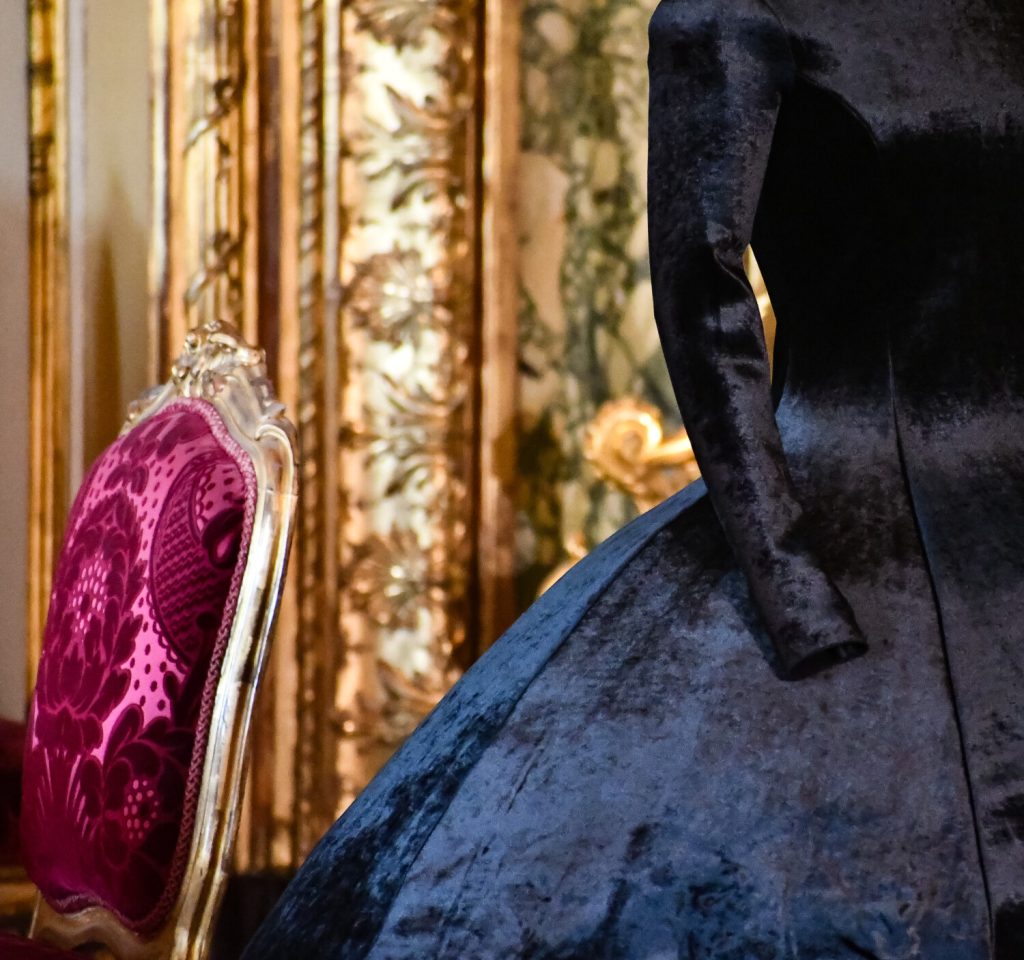
“The threads that stretch between the work of great fashion figures and the art world are nearly numberless. The history of art as presented by the Louvre, through the dazzling depth and abundance of its collection, also offers visitors a rich glimpse into how tastes have changed over different periods. In many ways, the museum is a vast mood board: a source of endless inspirations and influences.”
The exhibition began on 24th January and is on view until 24th August 2025 at the Louvre Museum Paris
Images Courtesy: Musée Louvre and all respected owners

Citizen of The World. A musician, artist and writer. Social media manager at Abir Pothi

